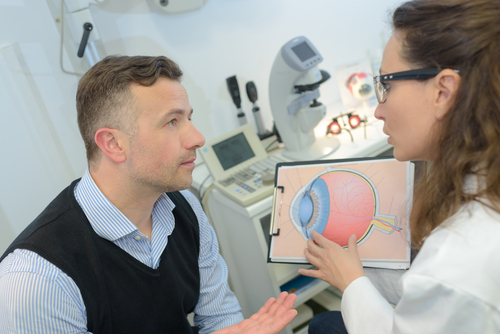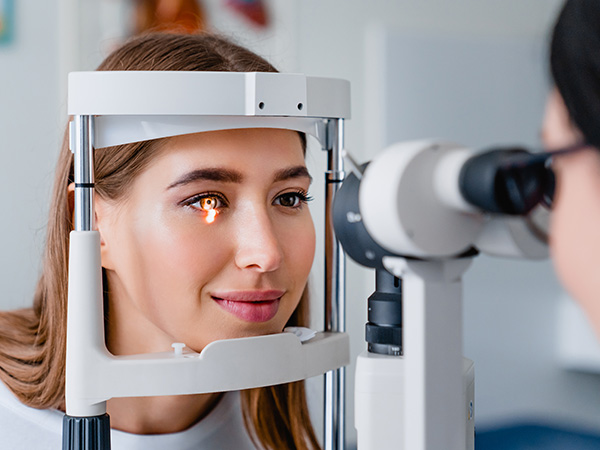
Your eyes are changing, but with the right care, you can keep seeing clearly for years to come.
If you’re over 40 and suddenly find yourself holding menus at arm’s length, squinting at your phone, or requiring more light to read, you’re not alone. Unfortunately, our eyes naturally change as we age, and our near vision will deteriorate as times goes on. But the good news is there’s things you can do to keep your vision clear and comfortable when this problem occurs.
Presbyopia
Normally, whenever you are looking at something up close, the muscle in your eye flexes and this changes the shape of the lens. Around your early to mid-40s, the lens inside your eye begins to lose its flexibility, making it harder to focus on things up close. Over time this worsens, and we end up needing a stronger reading power for clear vision. This is called presbyopia, and it’s the reason reading glasses, bifocals, or progressive lenses often become necessary at this age.
Solutions
Reading glasses: Single vision reading glasses or Progressive lenses (allow you to see near and far at the same time).
Contact lenses: Either monovision (one eye near and one eye distance) or multifocal lenses.
Prescription eye drops: Act by constricting the pupil to enhance near vision
Corrective Surgery
Other Age-Related Changes to Watch For
Dry Eyes – Tear film quality can decrease with age, leaving eyes feeling gritty or irritated.
Light Sensitivity & Glare – Driving at night may feel harder due to increased glare from headlights.
Changes in Color Perception – Colors may not seem as bright and vivid as they once did.
Early Signs of Eye Conditions – After 40, the risk of conditions like glaucoma, cataracts, and macular degeneration slowly increases, another reason routine eye exams are so important.
How to Keep Your Vision Sharp
Get Regular Comprehensive Eye Exams – Even if you see well, an annual exam can detect early signs of serious eye conditions before symptoms appear.
Use Proper Lighting – Bright, focused light can make reading and close-up tasks much easier with less strain
Protect Against UV – Sunglasses with full UVA and UVB protection can help slow cataract formation and protect the delicate skin around your eyes.
Eat for Eye Health – Fish rich in omega-3s (S.M.A.S.H. – Salmon, Mackerel, Anchovies, Sardines, Herring) help with inflammation and antioxidants such as leafy greens and darkly pigmented fruits and veggies help maintain retinal health.
Take Screen Breaks – Frequent breaks from digital devices to reduce eye strain, fatigue, and dryness.
The Bottom Line
Turning 40 doesn’t mean you have to settle for blurry vision or constant eye strain. With the right care, healthy habits, and proper eyewear, you can keep your vision crisp and clear well into the future.








